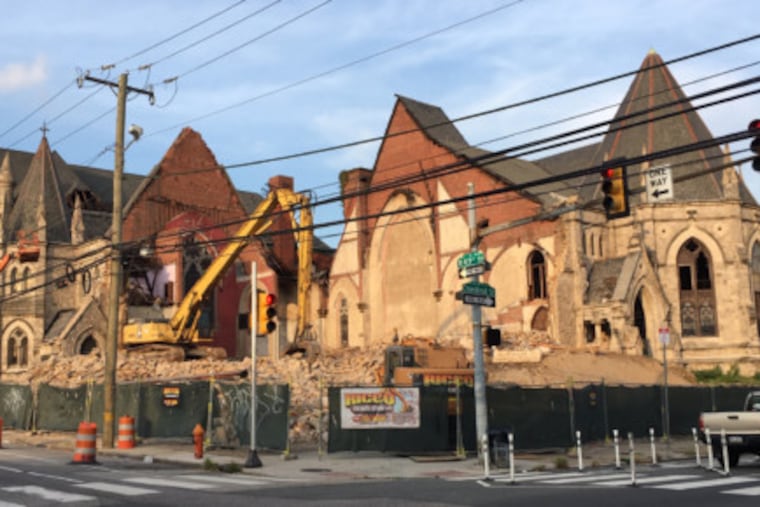After 18-month study, Mayor Kenney’s preservation task force offers a few (modest) proposals
A handy, condensed guide to the task force's recommendations on how to manage Philadelphia's preservation crisis.

A handy, condensed guide to the task force's recommendations on how to manage Philadelphia's preservation crisis.
